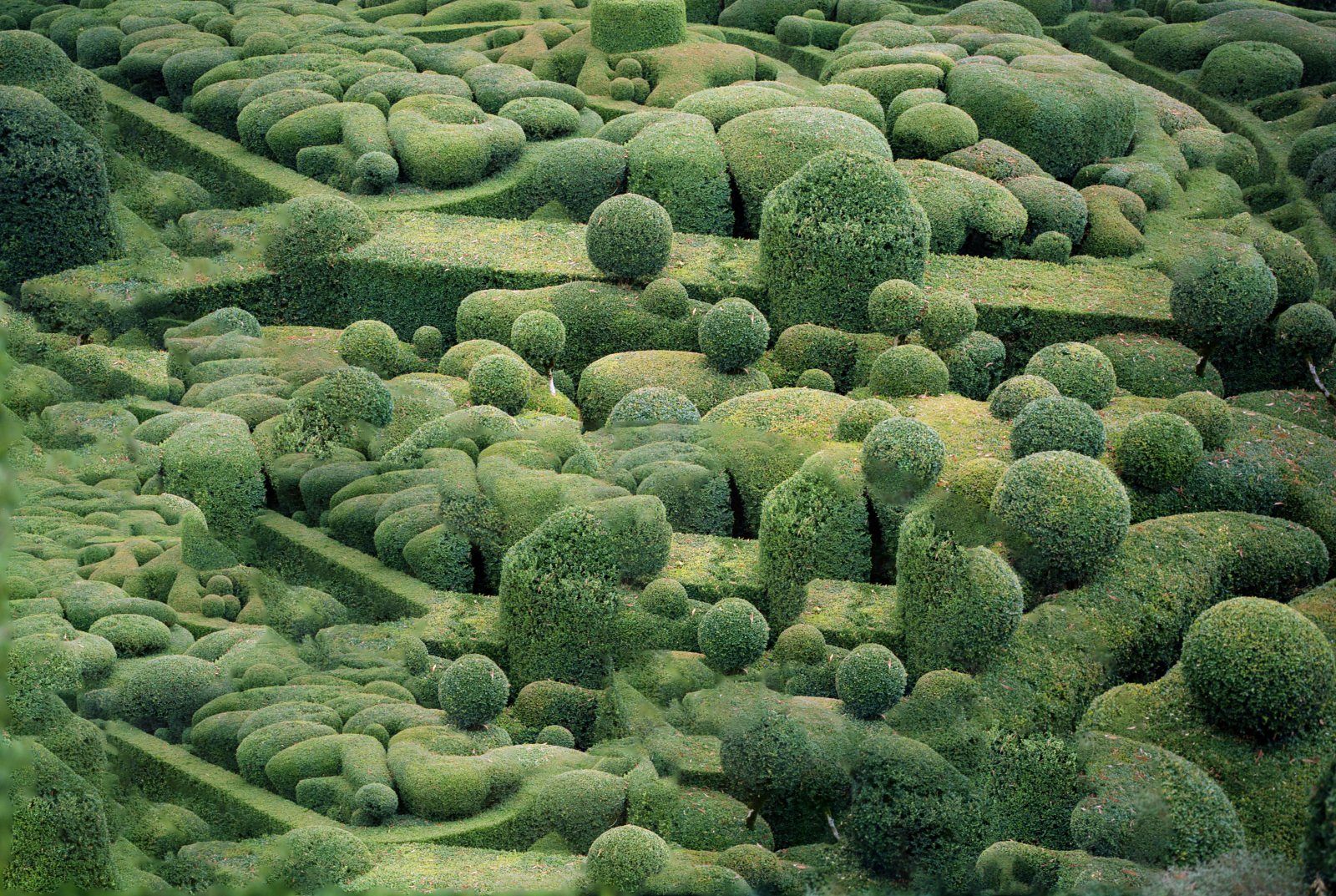
Lou-Lou van Staaveren
Keywords: Garden, Paradise, Landscape
Internship: Blommers Schumm
loux2vs@gmail.com
www.loulouvanstaaveren.com/
www.instagram.com/uollou/
Pleasant Place Portrait of a garden
The garden is not far from my home. It is green and colorful, enclosed by tall hedges of yew and hornbeam. The garden is enormous, but it’s clever design with many different garden rooms makes it feel cozy and intimate. There’s a pond with water lilies, a greenhouse, a flower covered hill, a vegetable plot, a shed with tools and a cat, a little forest, a maze, an orchard and much more. No place is better for playing hide and seek, for casual strolls, for contemplation.
Gardening and photography go very well together. In essence, the two are surprisingly similar. Both the gardener and the photographer slide along the same scale of control, with observation on one end and intervention on the other. Both construct new realities – paradises or utopias if you will – the gardener using landscape and the photographer using images.
Pleasant Place is the English translation of Locus Amoenus: a literary concept describing an idealized natural retreat inspired by the Garden of Eden and Elysium. This remote garden hide-out functions as a landscape of the mind, serves to highlight the difference between urban and rural life and is a place of refuge from the processes of time and mortality. Welcome to my pleasant place.
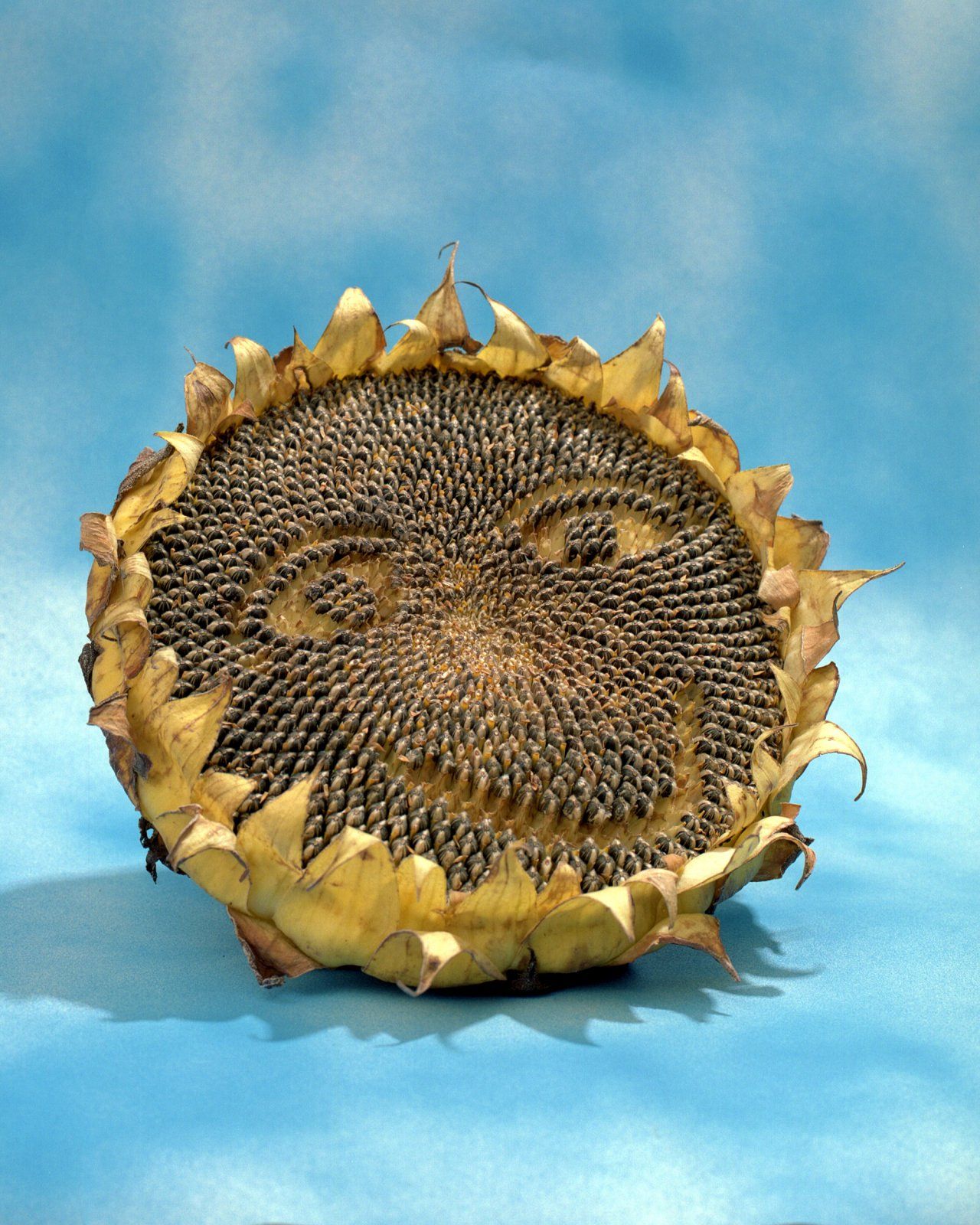


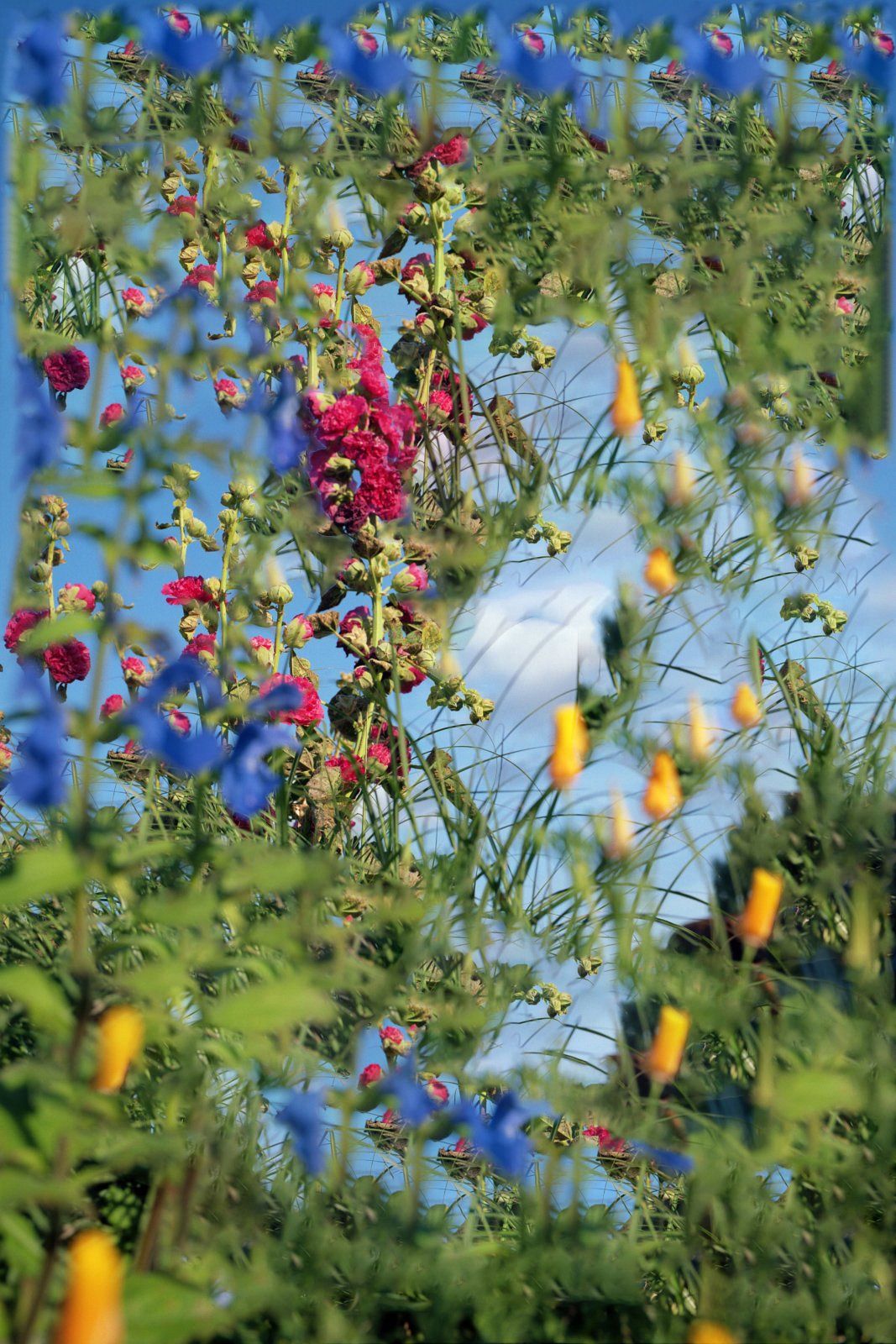
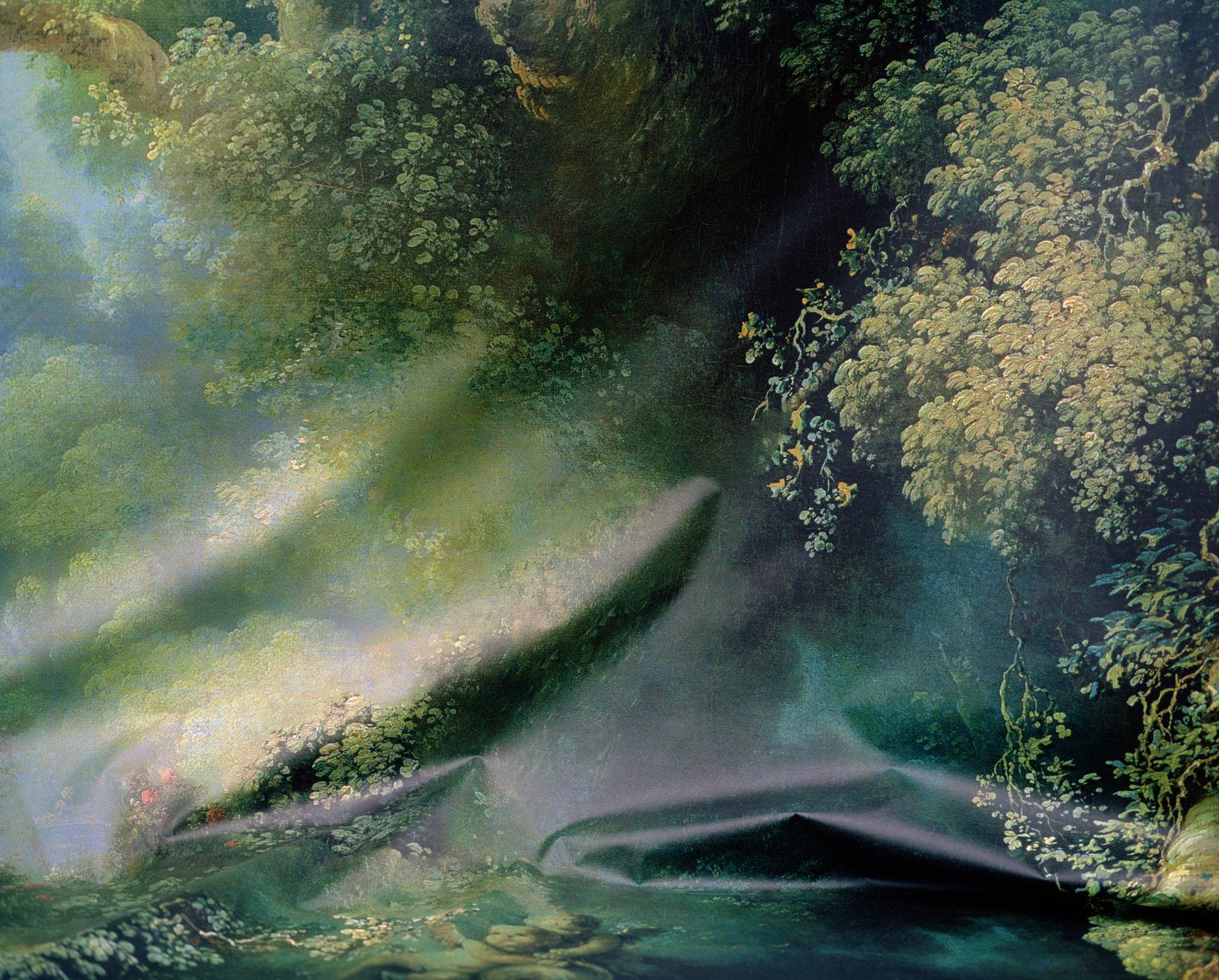
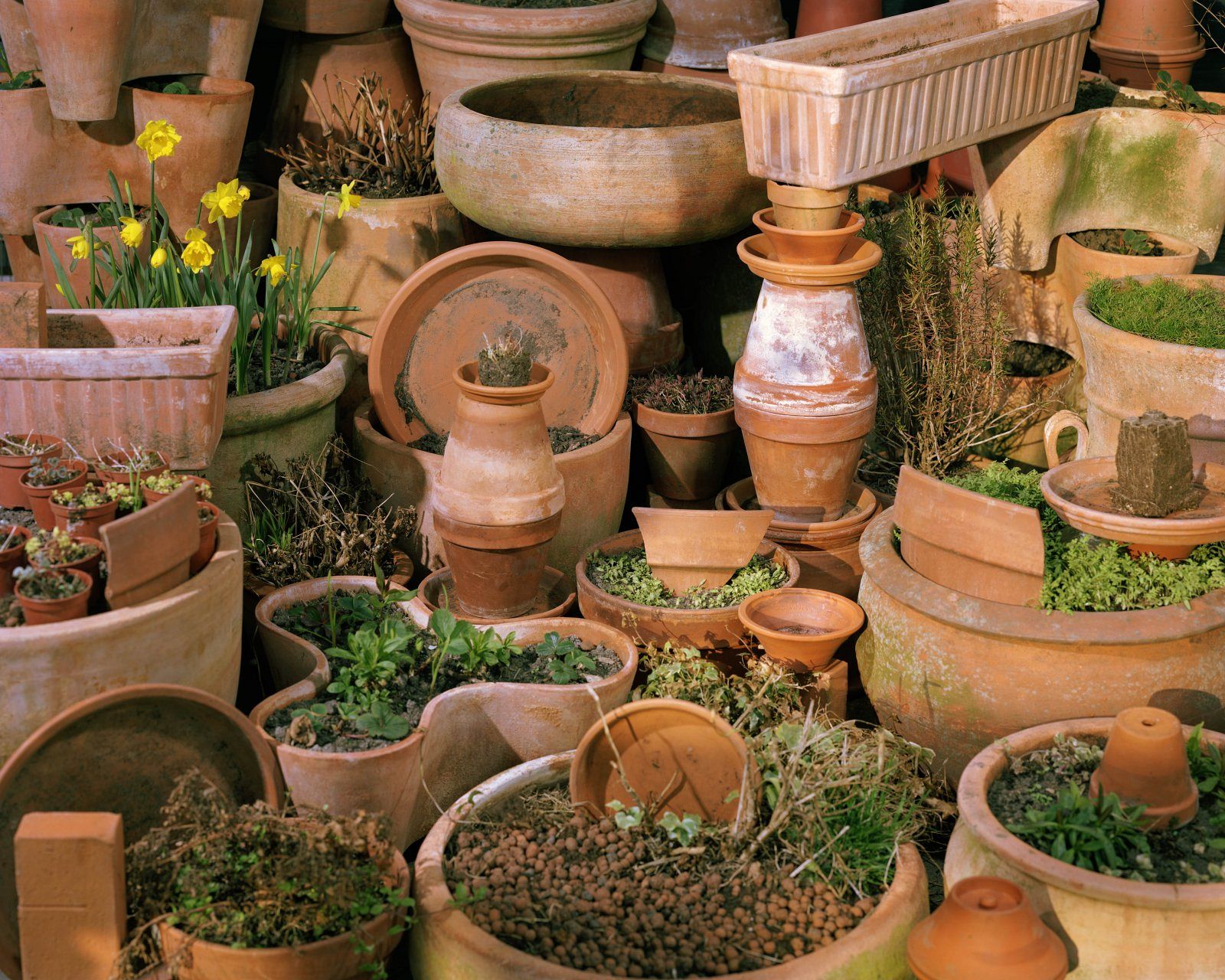
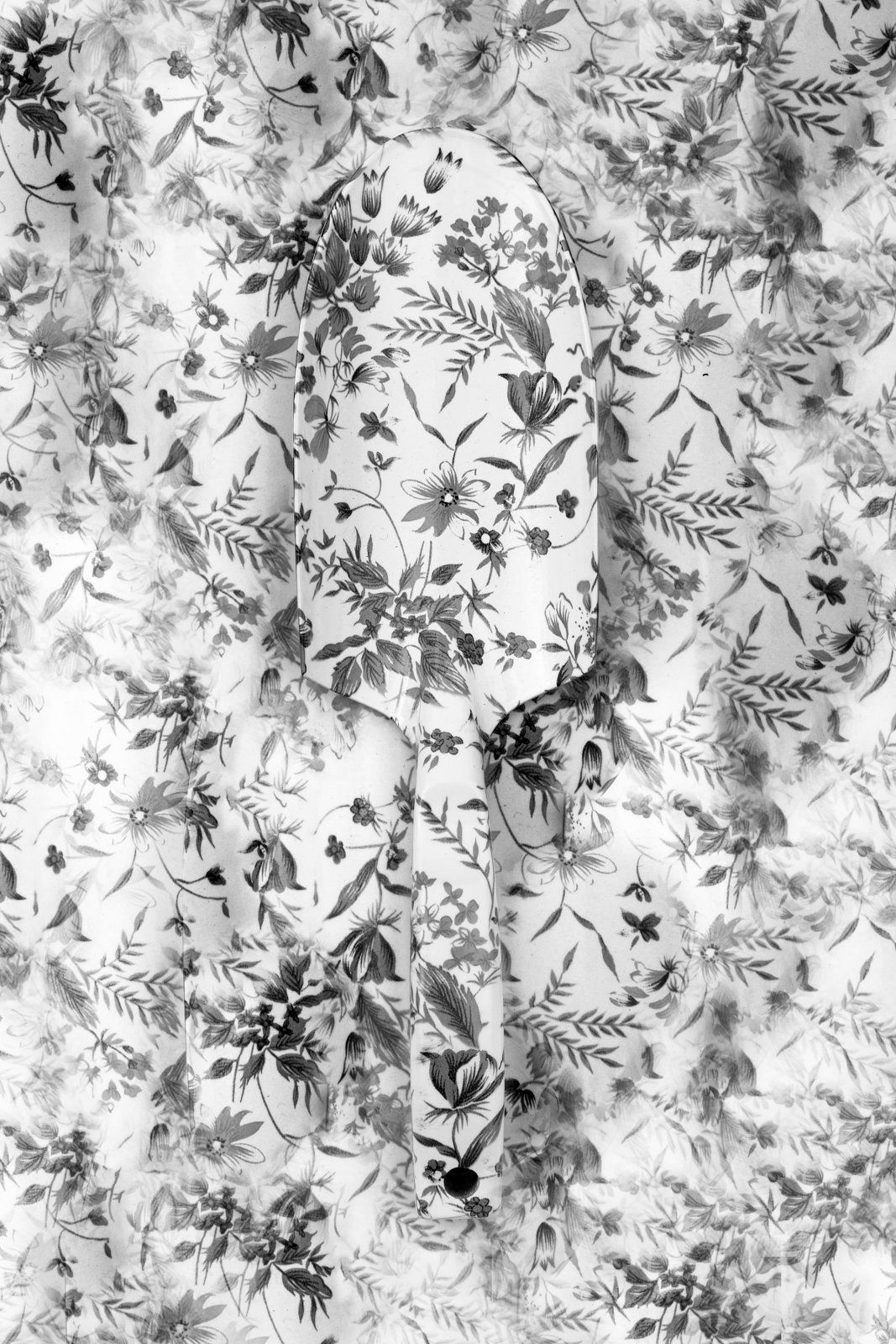
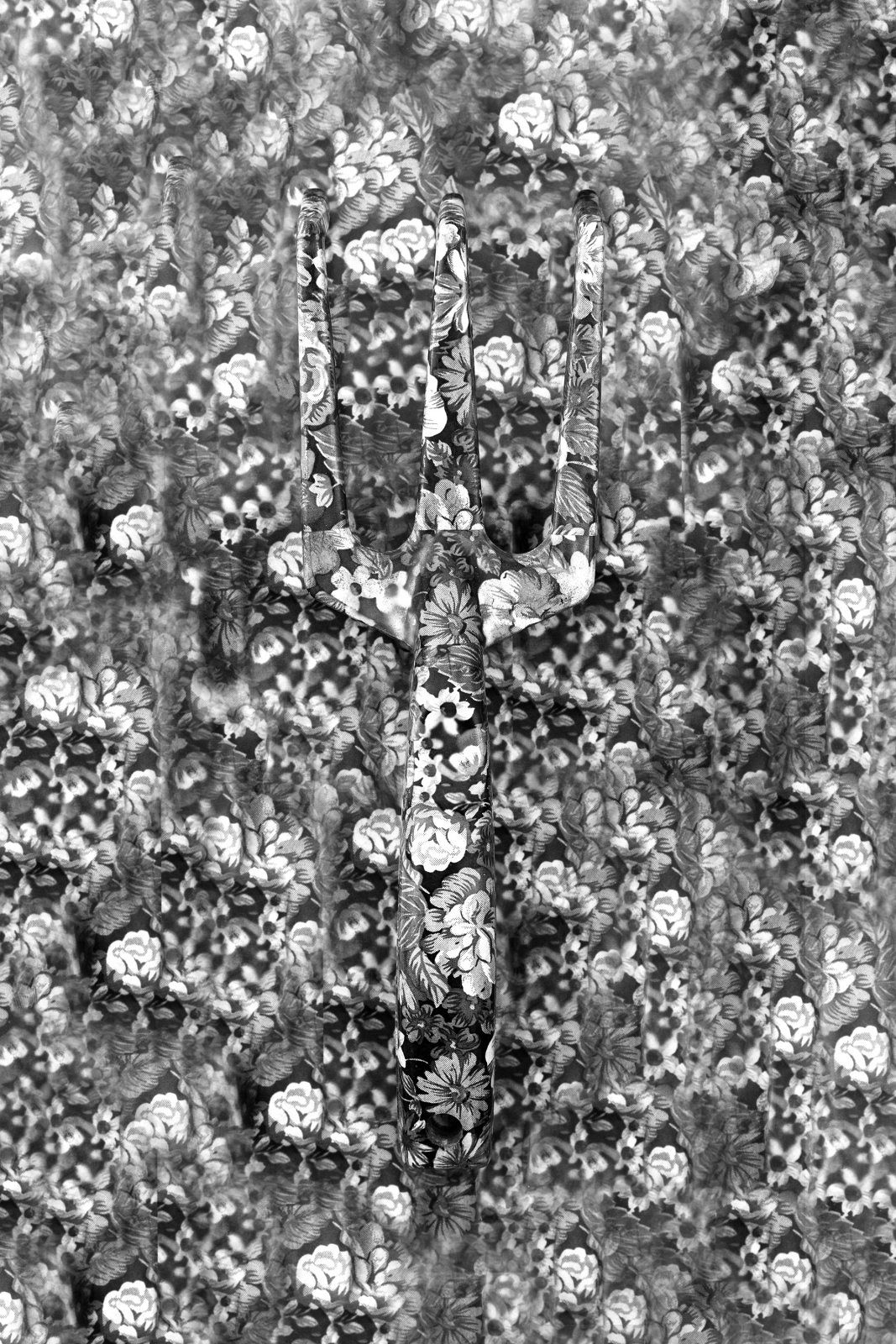
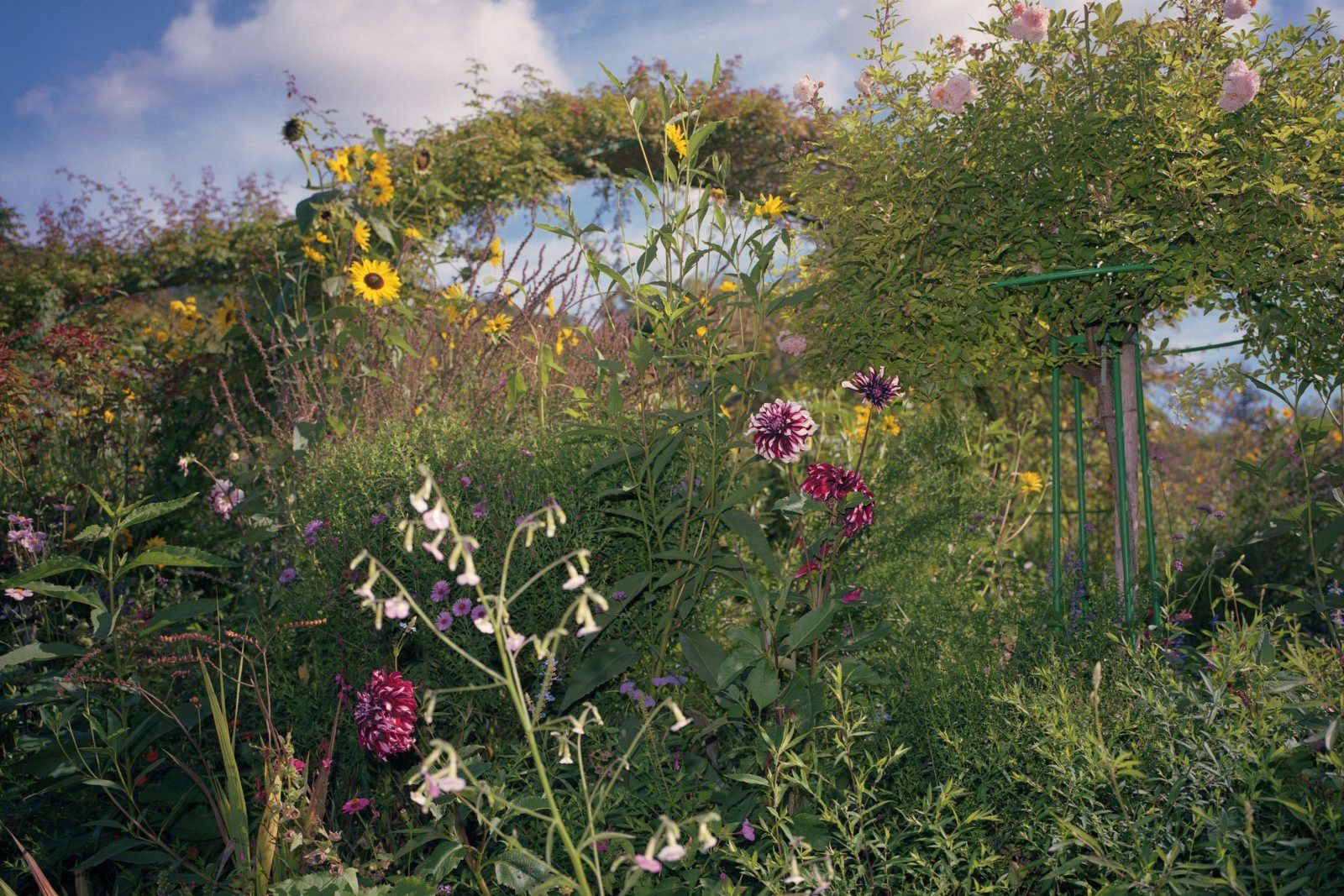
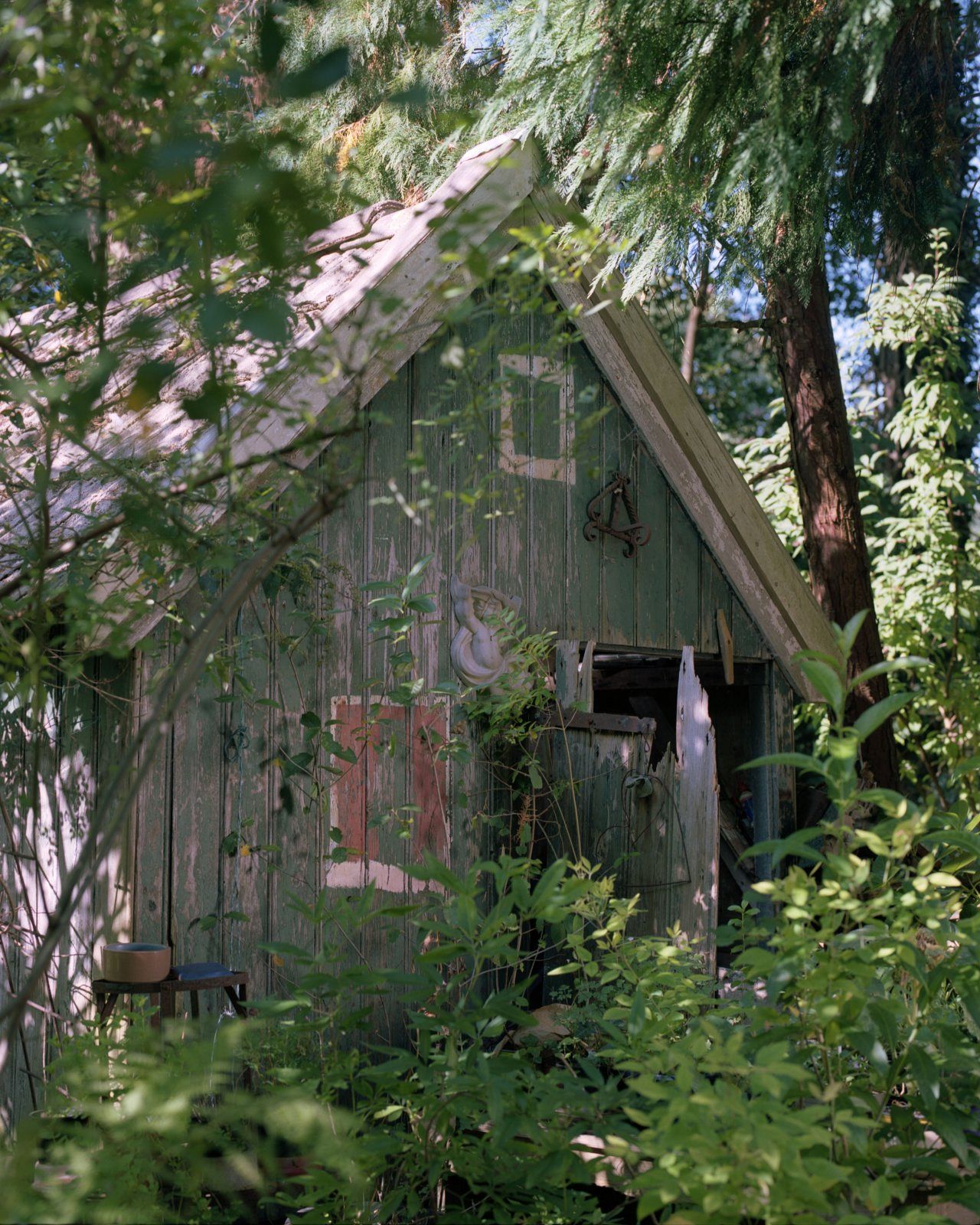
GARDENS ~ PHYSICAL, VISUAL, AND IMAGINARY
Thesis
As the title suggests, this thesis is about gardens. It is about different kinds of gardens: physical gardens, gardens in visual arts and imaginary gardens.
My research started in the summer of 2020 when I read the following quote in The Well Gardened Mind: Rediscovering Nature in the Modern World by psychiatrist Sue Stuart-Smith: “All gardens exist on two levels: on the one hand there’s the real, physical garden and on the other there’s the garden of our imagination.” I am fascinated by both gardens ¬– the physical as well as the imaginary – and explore my relationship to both in this thesis.
I have divided my research and this text into two autonomous parts – simply called Part One and Part Two – because of the different natures of my research. The first part is more dry, factual and informative while the latter is a very personal account.
Part One consists of two chapters. The first chapter is rather general: it looks at the etymology as well as at the definition of the concept ‘garden’ and takes us through the history of Western European garden culture. Starting with the origin of gardens some 12.000 years ago we swiftly travel through gardens in the Antiquities, Medieval sober gardens, harmonious Renaissance gardens, rigid and formal Baroque gardens, painterly romantic gardens in the Romantic era, Modernist cozy gardens and end in our contemporary democratic backyards. The second chapter zooms in on gardens and visual arts. It starts with a visual break – which is to be enjoyed in the visual appendix – and moves on to analyzing the practices of the following four gardener-artists: Claude Monet, Edward Steichen, Derek Jarman and Elspeth Diederix. A brief chapter dedicated to the relationship between the photographic medium and the garden concludes Part One.
Part Two is about my personal relationship with gardens and gardening. The first subchapter explains that, to me, gardening is both spiritual and political. It is spiritual because it helps me to connect to both the physical and non-physical, it is meditative and magical. At the same time gardening is political. Producing your own fruit and veg is an anti-capitalist act, a hopeful investment in the future, and challenges our capitalist notion of time. The second subchapter introduces the concept of ‘imaginary garden’ and describes its place in my photography practice. It concludes with a comparison between the gardener and the photographer, whose work – in essence – is surprisingly similar.